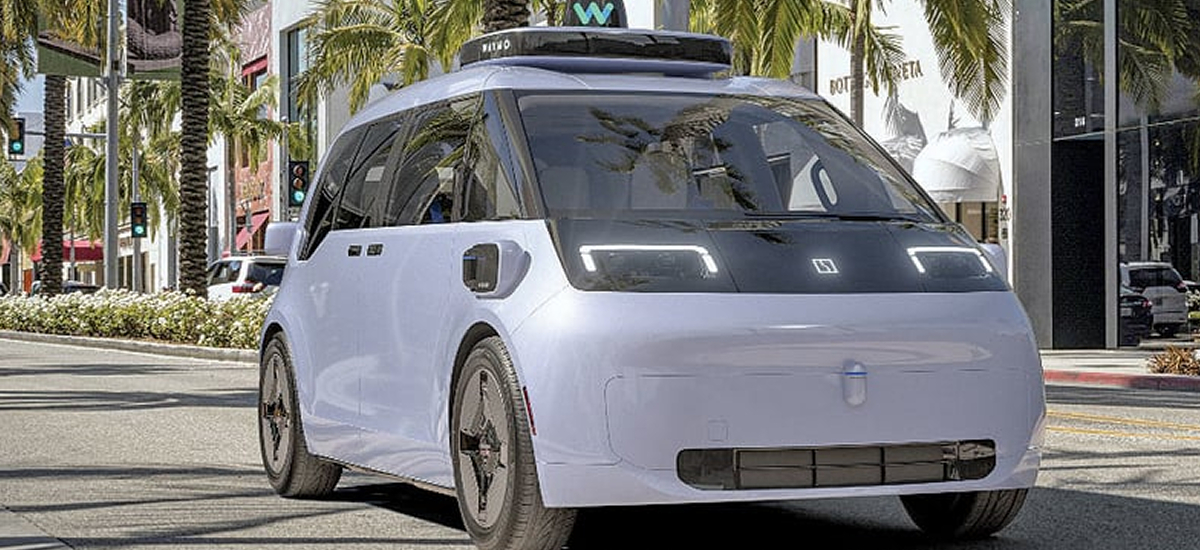
 Your Credit Estimate
Your Credit Estimate
 Your Credit
Your Credit
Your zip code helps us provide you with the most accurate vehicle pricing and vehicle availability.
We estimate your credit score to give you an idea of your monthly payments. To get an accurate payment amount, complete our credit application by clicking the Start Credit Application button below.
start credit application
Public transportation is a constant-changing game. Buses, subway stations, and trains were the only way to get around. Eventually, taxi services sprung up, and about a decade or so ago, ride-hailing became the norm. Now, a new way to get around is starting to form, and although this economy could use more jobs, people who use their car as a form of business may find they’re competing with robots. Robotaxis are the next big thing for many automakers, but there’s no need to fret just yet. According to the National Highway Traffic Safety Administration (NHTSA) and the California Public Utilities Commission, robotaxis are a long way from becoming a national form of travel.
Independent companies like Alphabet Inc., owner of the self-driving Waymo, may have had some luck in the past. The Waymo has travelled to some of the major metropolitan cities in the country and eventually launched its robotaxi service in Phoenix, Arizona as Waymo One. Even with this kind of progress, the NHTSA gave the Waymo a big, fat “NO” when it came to meeting the 75 different auto safety standards a vehicle must meet to be deemed safe for public roadways.
Many other companies have also tested their luck with testing self-driving vehicles, or plan to. Computer company Apple is dipping their hands into the autonomous car race with Project Titan. Domino’s pizza introduced robotic pizza delivery with its Nuro R2 to much acclaim. Aurora Innovation, the same self-driving startup that Stellantis (then Fiat Chrysler Automobiles; FCA) and the Kia Corp invested in, launched self-driving services in 2021 - a self-driving trucking service (Aurora Driver) and a new robotaxi ride-hailing service (Aurora Connect). The Hyundai Motor Group (HMG) and Kia are working on purpose-built vehicles (PBVs), and Kia has already revealed its first test PBV, the Niro Plus taxi model.
With so many companies working on robotaxis, surely one will eventually make it to commercial retail, but this isn’t the case. Many self-driving cars are tested in California for its progressive stance on the matter, and yet, the California Public Utilities Commission delayed a vote on Waymo's application to begin commercial robotaxi service in the state. Self-driving vehicles by various companies have been known to block intersections due to technical glitches and have hindered first responders in emergency situations. If anything, such problems have hurt the commercial use of robotaxis, leading to the California state senate subcommittee unanimously advancing legislation that would prohibit self-driving trucks from operating on the state's roads at all.
In the past, the Alphabet Inc. Waymo (then owned by Google) tried to push Congress to speed up the introduction of self-driving cars on American roads. That was back in 2016, when self-driving car startups were popping up everywhere. Even large automakers and automotive groups were joining the bandwagon, such as Stellantis (then FCA) investing $30 million to reform its Chelsea Proving Grounds into an autonomous vehicle testing facility for future commercial retail autonomous vehicles (2018). With the auto industry shifting towards battery-electric vehicles (BEVs), many automakers have shared electric plans for 2030, but barely any of them had anything to say about autonomous car technology beyond Level 3 (requiring human intervention) or Level 4 (autonomy in restricted areas). With the current issues autonomous cars are “driving” into, it seems like the dream has all but died for now.
What are your thoughts on self-driving cars? Would they be worth the hassle if driver-intervention was still a part of the equation? On the other hand, that kind of defeats the purpose of autonomy altogether. Join the discussion on NowCar social media.